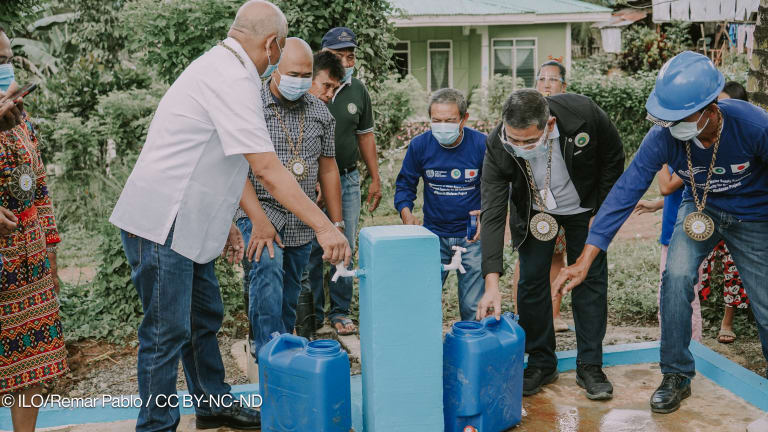As COP 26 came to an end, the Blue Leaders, a coalition of government and ocean advocates, urged heads of state to turn their attention to the ocean. They set two goals: to protect at least 30% of the world’s ocean by 2030, and conclude a new United Nations treaty on the conservation and protection of marine biodiversity.
Climate change mitigation is primarily focused on reducing carbon emissions, but experts have pointed out that it is also important to recognize the critical role the ocean plays in attaining this goal, which is to act as a buffer by absorbing excess heat and storing carbon dioxide.
Devex looked into the report on trends in marine development funding published by research group Our Shared Seas. It shows that grants from official development assistance grew by 80% between 2010 and 2019. But it also shows that bilateral and multilateral donors spent less on average than philanthropic organizations — $728.8 million compared to $736.8 million.
This story is forDevex Promembers
Unlock this story now with a 15-day free trial of Devex Pro.
With a Devex Pro subscription you'll get access to deeper analysis and exclusive insights from our reporters and analysts.
Start my free trialRequest a group subscription







